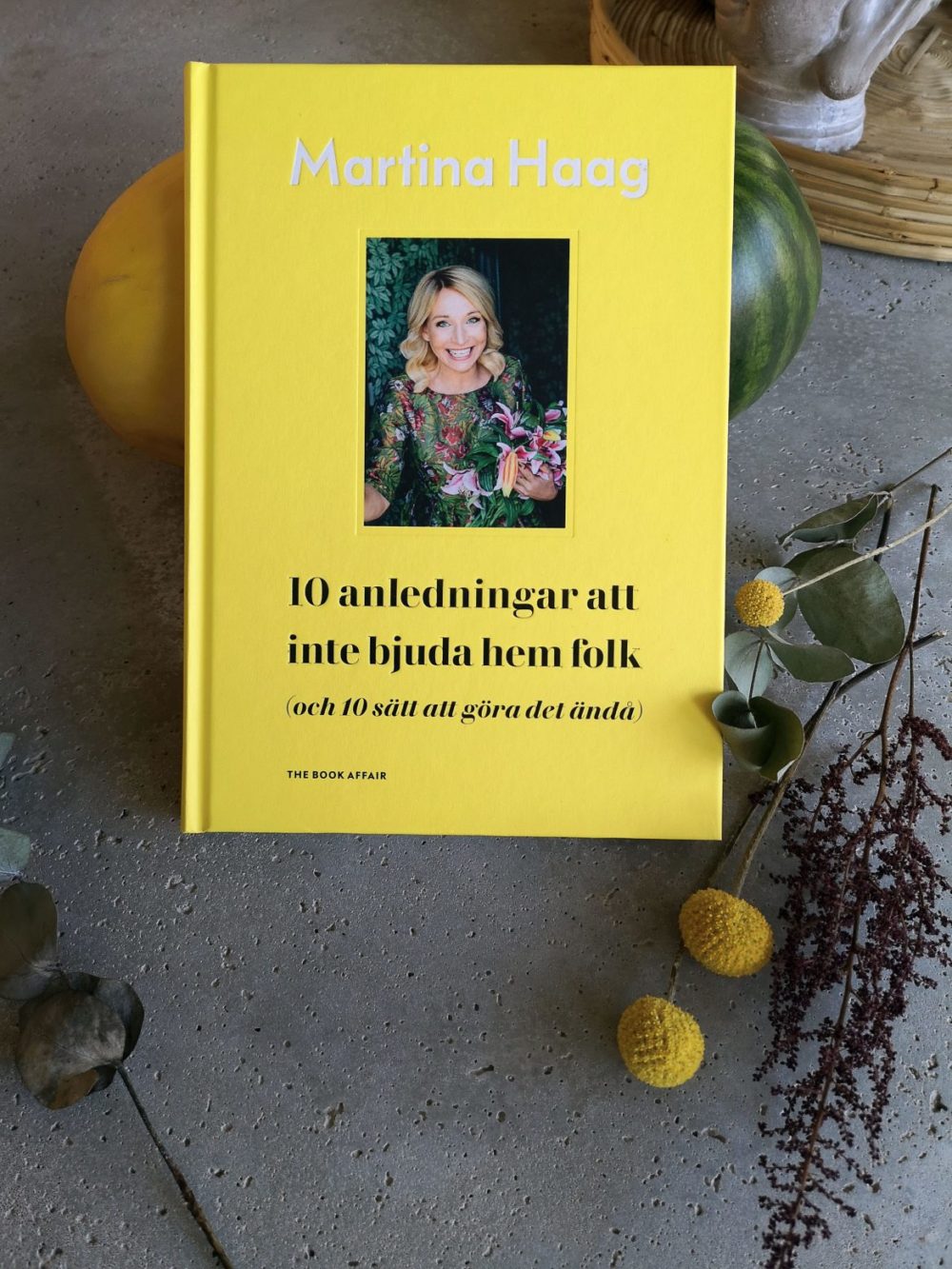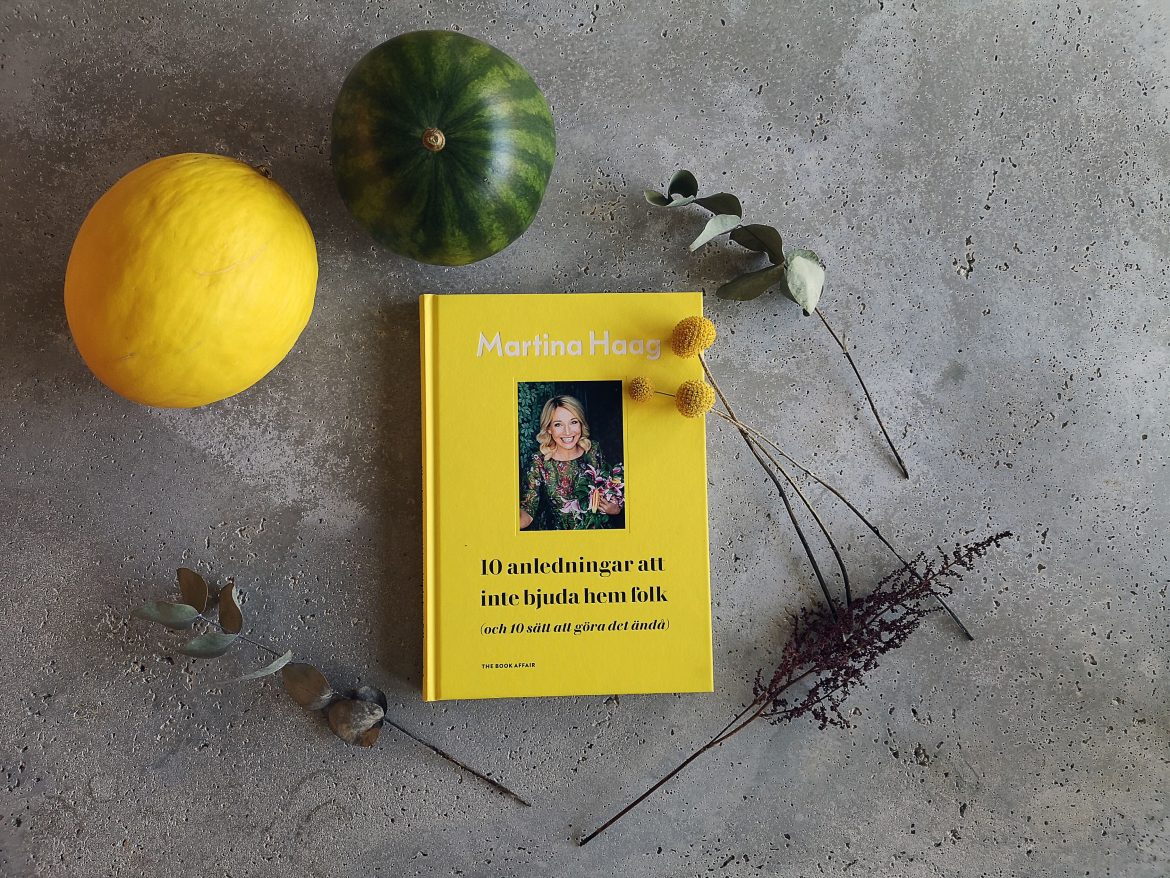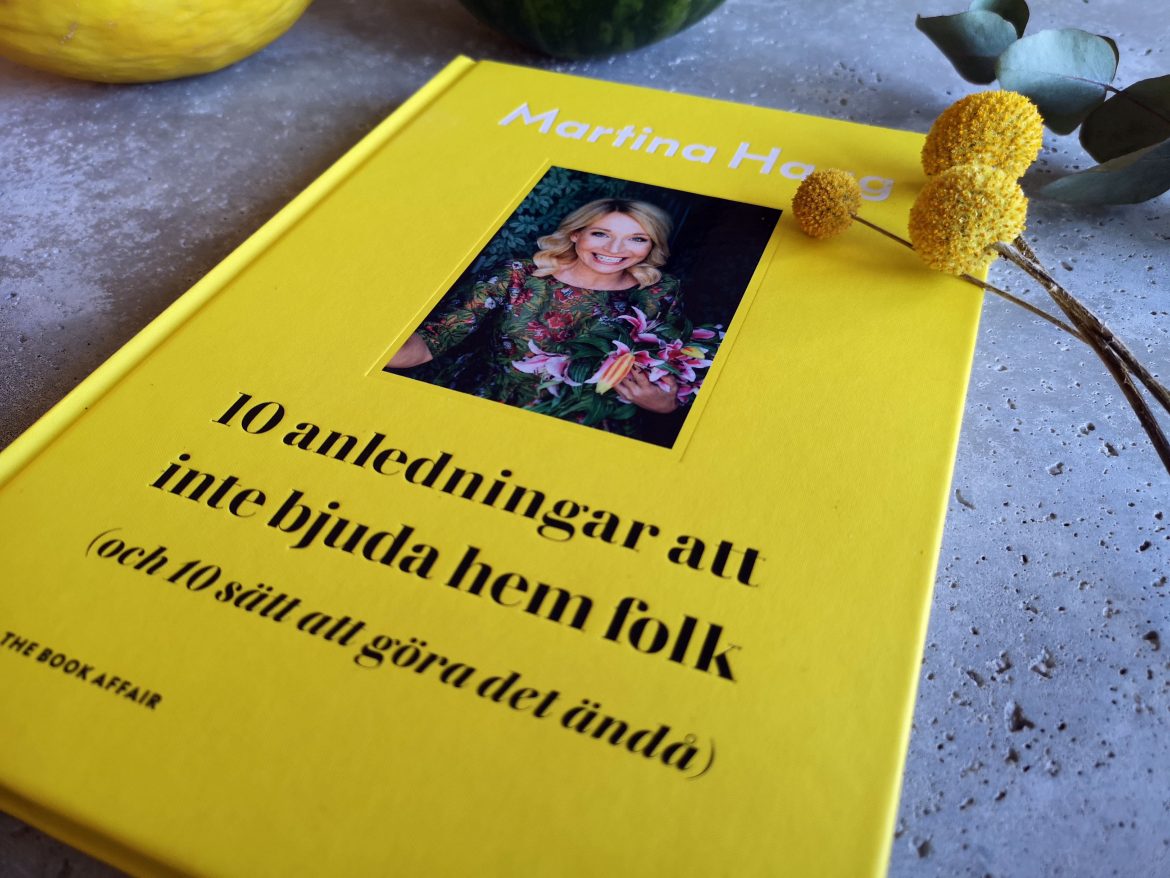TL;DR
Martina Haag's new cookbook tackles common excuses for not hosting, offering playful solutions and recipes. While the author's charming culinary journey and engaging, humorous writing style shine, the book's premise of "vertical dining" for small spaces feels a bit contrived. Recipes vary wildly in complexity, with some relying heavily on ready-made ingredients, prompting the question of what truly constitutes a recipe. Despite some minor quibbles about seasoning and the inclusion of shortcuts, the overall presentation is appealing. Is it a cookbook, humor, or a bit of all three? Discover what the reviewer ultimately thought by diving into the full read!
Martina Haag has authored a new cookbook. While I haven’t read her previous work, this one proved to be an engaging read. Beyond its remarkably lengthy title, the book prompts a fundamental question: What genre does it truly belong to?
Before delving into that, a brief introduction to the author is warranted. Martina Haag is a well-known personality, having appeared in numerous films and TV series, and contributing columns and books to the literary landscape.
Haag’s culinary origin story is charming. Studying in Skellefteå, she found herself with ample free time in the evenings and embarked on a culinary journey through the cookbook “Annas mat.” This immersive experience sparked her interest in cooking, demonstrating a delightful way to acquire culinary skills.

10 anledningar att inte bjuda hem folk (“10 Reasons Not to Invite People Home”) begins by presenting ten common reasons for avoiding dinner parties, followed by counterarguments for why you should host them anyway. These include concerns such as “I can’t cook,” “it’s too expensive,” or “I have too small a kitchen.”
Consider the “I have too small a kitchen” scenario. My wife recounts hosting a birthday celebration with 15 guests in her 25-square-meter Stockholm apartment. While admittedly cramped, the gathering was cozy and successful.
Following the pattern of the other scenarios, the book presents a perceived “problem”—in this case, limited space—that discourages hosting. The author then offers solutions and recipes tailored to that constraint. For those living in extremely confined spaces, akin to a certain Harry Potter under a staircase, the book suggests adapting the food accordingly.
The author recommends serving food vertically, presenting corn soup in tall glasses, offering skewers for the main course (exercise caution to avoid accidental pokes), and serving raspberry ice cream on a stick for dessert. The recipes in this section are straightforward and boast a playful presentation. However, the necessity of eating vertically in a small space is debatable. Addressing the issue of initiating conversation, Martina suggests that the close quarters will naturally encourage interaction.

But is the premise valid? Is vertical consumption truly necessary in cramped quarters? Could smaller plates or finger foods not suffice? The book seems to create a problem to justify its solution, which feels somewhat contrived and disorienting.
Nonetheless, I appreciate Martina’s writing style. Her tone is light, with a subtle and engaging humor that I find appealing. It’s enough to make me consider reading one of her other books – one that isn’t a cookbook, a statement I never anticipated making. My bookshelves are predominantly filled with cookbooks, representing the majority of my reading material, both in the non-fiction and fiction categories…
Regarding the recipes themselves, they exhibit considerable variation in complexity and cost. Some recipes even incorporate exclusively ready-made ingredients. Can these truly be considered recipes? Perhaps “LEGO-food” is a more apt description, providing instructions on assembling the dish (albeit without numbered bags). This type of recipe appears in other cookbooks as well, suggesting a need for a specific term.
On the subject of terminology, I recently encountered the term telefonroulette, referring to the practice of randomly selecting a contact from your phone to invite to dinner.
Returning to the recipes, as mentioned, they display significant diversity in cooking methods, ingredients, quality, and cost. The range encompasses veal tartare with truffle and lobster soup to chocolate pudding and cake assembled from semi-finished products. However, the majority are easy to prepare and accessible to cooks of all skill levels.
The dishes are showcased through appealing photographs that do justice to the food, acknowledging the importance of visual appeal. The images are generally vibrant and create a pleasant ambiance. In addition to food photography, the book includes pictures of people dining, wearing blindfolds, laughing, and babies, all contributing to the cozy atmosphere that Martina aims to create, while keeping the focus on the food.
Readers familiar with my previous reviews and recipes are aware of my stance on ready-made and semi-finished products; they consistently appear on my “minus” list, even when their inclusion is acknowledged, as is the case here. Another common point of contention for me is seasoning, and this cookbook is no exception. The recipes tend to be overly cautious with spices. While cooks should adjust flavors to their personal preferences, more specific guidance would be beneficial. To illustrate, imagine if Yoda had simply told Luke Skywalker that there is “a way” and “a force” and wished him “good luck.” The outcome would have been uncertain. However, Martina’s book is not unique in this regard.
In conclusion, I revisit my initial observation: this book leaves me slightly perplexed. Is it a cookbook? A collection of short stories? A humorous commentary on social anxieties, accompanied by recipe suggestions for carefree gatherings?

